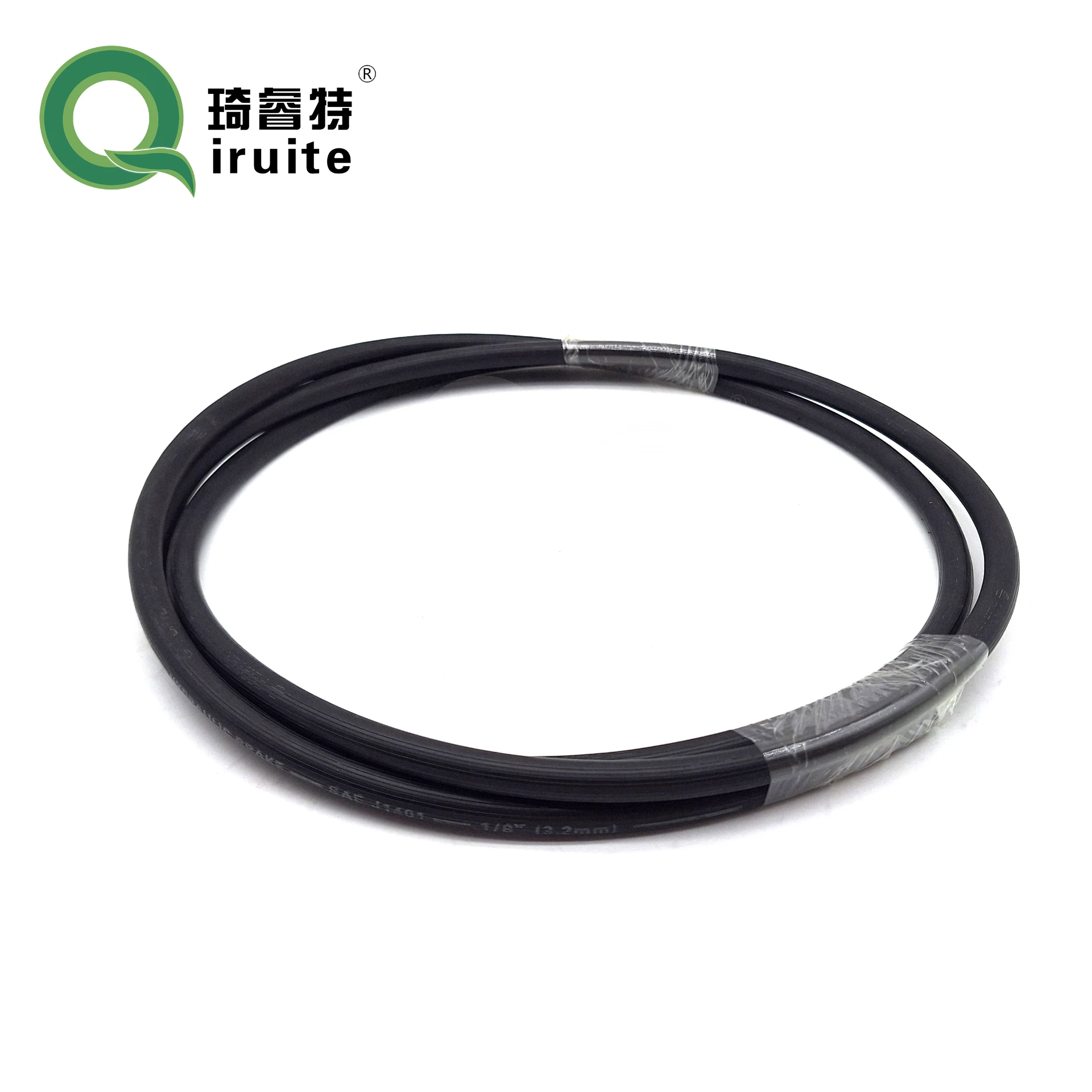Feb . 06, 2025 05:53
Back to list
Sewer cleaning hose (sewer cleaning & jetting hose)
Pipe couplings are essential components in the plumbing and piping industry, offering versatile solutions for connecting and sealing different pipes. Over time, technological advancements have introduced various types of pipe couplings that cater to diverse applications and requirements. In this comprehensive guide, we delve into the different types of pipe couplings, providing insights based on experience and expertise in the field, thereby ensuring the utmost authority and trustworthiness in your selection process.
Slip Couplings Slip couplings are designed for repair scenarios, enabling users to replace damaged pipes without extensive system overhauls. They can slide over existing pipes, allowing for the removal and replacement of the damaged section. Slip couplings offer significant time and cost savings in emergency repairs. Flange Couplings For high-pressure applications, flange couplings provide an exceptionally strong joint by bolting together two flanged pipe ends. They are frequently used in large diameter piping systems found in chemical plants, oil refineries, and power stations. Flange couplings ensure a robust seal that can handle both high pressure and temperature. Push-Fit Couplings Push-fit couplings are engineered for convenience, offering tool-free and speedy installation. These couplings contain a series of metal teeth and an O-ring to seal and lock the pipe in place. Push-fit couplings are popular in domestic plumbing systems, allowing for quick DIY repairs without compromising on performance. Electrofusion Couplings In polyethylene piping systems, electrofusion couplings are employed to provide a durable seal. These couplings utilize electrical current to heat and fuse the materials together, ensuring a leak-proof joint. They are especially advantageous in gas and water supply lines where utmost security is essential. Cam and Groove Couplings Popular in the agricultural and petroleum industries, cam and groove couplings provide a strong yet flexible connection. These couplings feature cam arms and grooves that secure hoses quickly and with minimal force. The ease of connection and disconnection makes them ideal for transferring liquids and powders. Each type of coupling offers unique features suited for particular needs, underscoring the importance of selecting the right coupling based on the specific demands of your piping system. When choosing a coupling, consider factors such as the type of fluid or gas being transported, environmental conditions, and the mechanical load requirements. Employing the right type of coupling not only enhances the performance and longevity of your system but also ensures safety and regulatory compliance.


Slip Couplings Slip couplings are designed for repair scenarios, enabling users to replace damaged pipes without extensive system overhauls. They can slide over existing pipes, allowing for the removal and replacement of the damaged section. Slip couplings offer significant time and cost savings in emergency repairs. Flange Couplings For high-pressure applications, flange couplings provide an exceptionally strong joint by bolting together two flanged pipe ends. They are frequently used in large diameter piping systems found in chemical plants, oil refineries, and power stations. Flange couplings ensure a robust seal that can handle both high pressure and temperature. Push-Fit Couplings Push-fit couplings are engineered for convenience, offering tool-free and speedy installation. These couplings contain a series of metal teeth and an O-ring to seal and lock the pipe in place. Push-fit couplings are popular in domestic plumbing systems, allowing for quick DIY repairs without compromising on performance. Electrofusion Couplings In polyethylene piping systems, electrofusion couplings are employed to provide a durable seal. These couplings utilize electrical current to heat and fuse the materials together, ensuring a leak-proof joint. They are especially advantageous in gas and water supply lines where utmost security is essential. Cam and Groove Couplings Popular in the agricultural and petroleum industries, cam and groove couplings provide a strong yet flexible connection. These couplings feature cam arms and grooves that secure hoses quickly and with minimal force. The ease of connection and disconnection makes them ideal for transferring liquids and powders. Each type of coupling offers unique features suited for particular needs, underscoring the importance of selecting the right coupling based on the specific demands of your piping system. When choosing a coupling, consider factors such as the type of fluid or gas being transported, environmental conditions, and the mechanical load requirements. Employing the right type of coupling not only enhances the performance and longevity of your system but also ensures safety and regulatory compliance.
Latest news
-
Ultimate Spiral Protection for Hoses & CablesNewsJun.26,2025
-
The Ultimate Quick-Connect Solutions for Every NeedNewsJun.26,2025
-
SAE J1401 Brake Hose: Reliable Choice for Safe BrakingNewsJun.26,2025
-
Reliable J2064 A/C Hoses for Real-World Cooling NeedsNewsJun.26,2025
-
Heavy-Duty Sewer Jetting Hoses Built to LastNewsJun.26,2025
-
Fix Power Steering Tube Leaks Fast – Durable & Affordable SolutionNewsJun.26,2025

